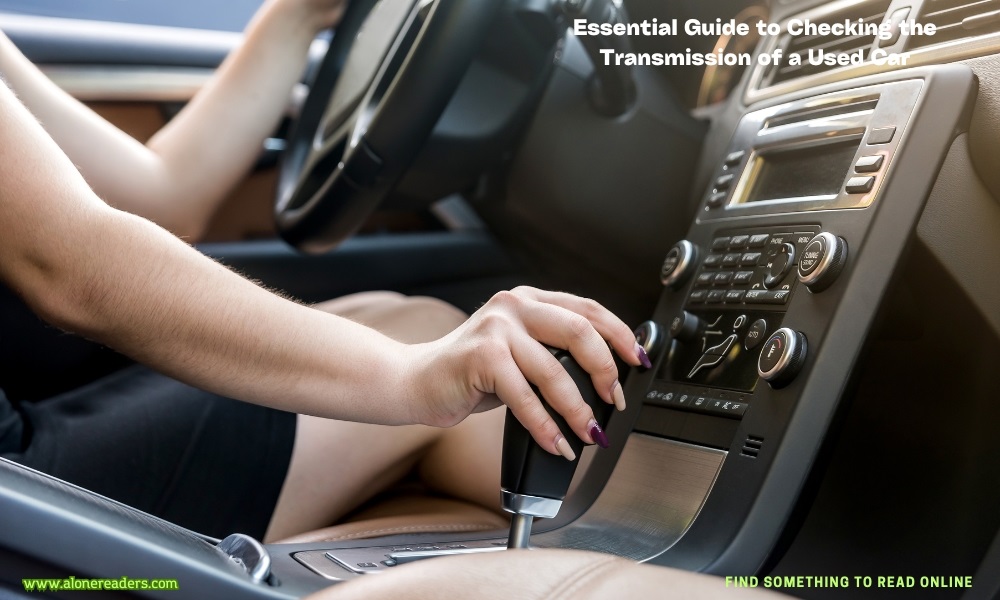
Purchasing a used car can be an economical choice, but it comes with its share of risks, especially concerning the transmission. The transmission is a vital component of any vehicle, and its health is crucial for the car's performance and longevity. In this guide, we'll walk you through the essential steps to inspect the transmission of a second-hand car to ensure you make a wise investment.
Before diving into the specifics, it's important to understand what the transmission does. The transmission is responsible for transferring power from the engine to the wheels, allowing the car to move at various speeds. A faulty transmission can lead to costly repairs, decreased vehicle performance, and even safety risks.
Start with a visual inspection of the transmission, which can reveal a lot about its condition:
The condition of the transmission fluid is a strong indicator of overall transmission health:
A test drive can tell you a lot about the transmission's condition:
Consider using diagnostic tools to check for any transmission-related error codes:
A vehicle’s history can provide insights into the transmission’s condition:
Conclusion: Making an Informed Decision
Inspecting the transmission of a second-hand car is crucial to avoid future expenses and ensure the vehicle is reliable. By conducting a thorough check, using the right tools, and understanding what to look for, you can make a more informed decision when purchasing a used car.
Always consider the overall condition of the vehicle and, if in doubt, consult with a professional mechanic to verify the health of the transmission before finalizing your purchase. Armed with the right knowledge and precautions, you can confidently buy a used car that meets your needs and budget.